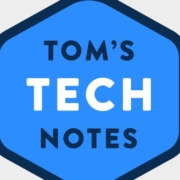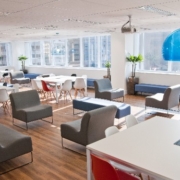Welcome to our latest episode of Tom’s Tech Notes! This week, DZone.com’s research analyst Tom Smith chats with Dell Boomi CTO Michael Morton about how to innovate better. Learn who to approach about innovating, how to plan for it, and the importance of not just failing fast, but learning and implementing fast.
And, as always, you can find our podcasts on:











